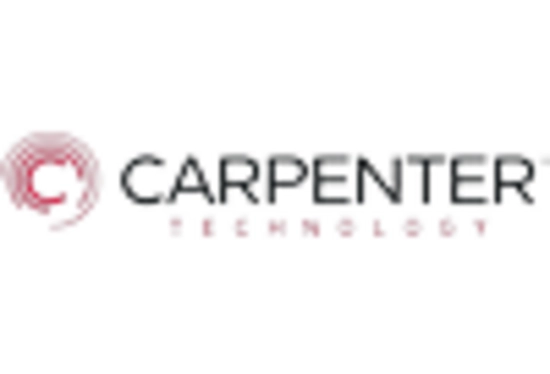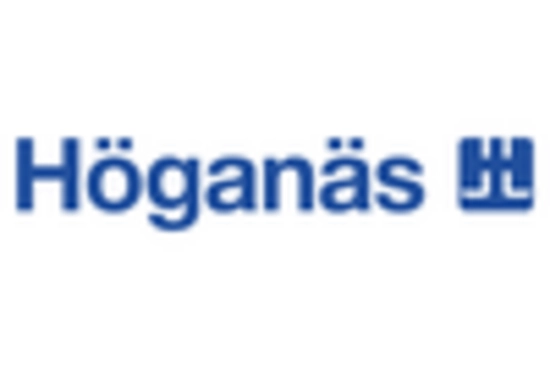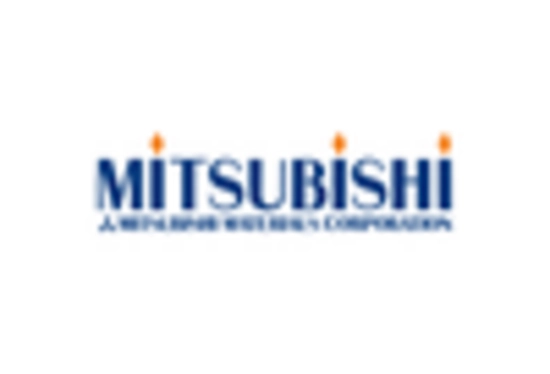Growing Automotive Sector
The automotive sector is a major driver for the Powder Metallurgy Components Market, as manufacturers seek to enhance vehicle performance and efficiency. The increasing focus on electric vehicles and hybrid technologies is further propelling the demand for advanced components that can withstand higher performance standards. Recent statistics indicate that the automotive industry is projected to grow at a compound annual growth rate (CAGR) of over 5% in the coming years, which is likely to boost the demand for powder metallurgy components. This growth presents a significant opportunity for the Powder Metallurgy Components Market to expand its footprint in a rapidly evolving automotive landscape.
Rising Applications in Electronics
The Powder Metallurgy Components Market is witnessing an expansion in applications within the electronics sector. With the increasing miniaturization of electronic devices, there is a growing need for precision components that can be produced at scale. Powder metallurgy provides the capability to manufacture intricate parts with high dimensional accuracy, making it suitable for various electronic applications. Market data suggests that the electronics segment is expected to grow significantly, driven by advancements in technology and consumer demand for smaller, more efficient devices. This trend is likely to bolster the Powder Metallurgy Components Market as manufacturers adapt to evolving market needs.
Cost-Effectiveness of Powder Metallurgy
Cost-effectiveness remains a pivotal driver for the Powder Metallurgy Components Market. The process allows for the efficient use of raw materials, minimizing waste and reducing production costs. This efficiency is particularly appealing to manufacturers looking to optimize their supply chains and enhance profitability. Recent analyses indicate that the powder metallurgy process can lead to cost savings of up to 30% compared to traditional manufacturing methods. As industries seek to balance quality and cost, the economic advantages of powder metallurgy are likely to attract more players, thereby fostering growth within the Powder Metallurgy Components Market.
Increasing Demand for Lightweight Materials
The Powder Metallurgy Components Market is experiencing a notable surge in demand for lightweight materials, particularly in the automotive and aerospace sectors. As manufacturers strive to enhance fuel efficiency and reduce emissions, the adoption of lightweight components becomes imperative. Powder metallurgy offers a viable solution, enabling the production of complex shapes with reduced weight. According to recent data, the automotive sector is projected to account for a significant share of the market, driven by the need for lighter vehicles. This trend is likely to continue, as industries increasingly prioritize sustainability and performance, thereby propelling the growth of the Powder Metallurgy Components Market.
Advancements in Powder Metallurgy Techniques
Technological advancements in powder metallurgy techniques are significantly influencing the Powder Metallurgy Components Market. Innovations such as additive manufacturing and improved sintering processes are enhancing the capabilities of powder metallurgy, allowing for the production of more complex and high-performance components. These advancements not only improve the quality of the final products but also expand the range of materials that can be utilized. As industries increasingly adopt these new technologies, the Powder Metallurgy Components Market is poised for substantial growth, driven by the demand for innovative solutions that meet modern engineering challenges.


















Leave a Comment